This post may contain affiliate links. See my disclosure policy.
The very BEST Chicken Chow Mein Recipe is made at home in just 30 minutes! Filled with crispy, tender, stir-fried noodles, juicy chicken, and fresh vegetables in a delicious sweet and savory sauce, this better-than-takeout chow mein is a crave-worthy and delicious dinner the whole family will love!
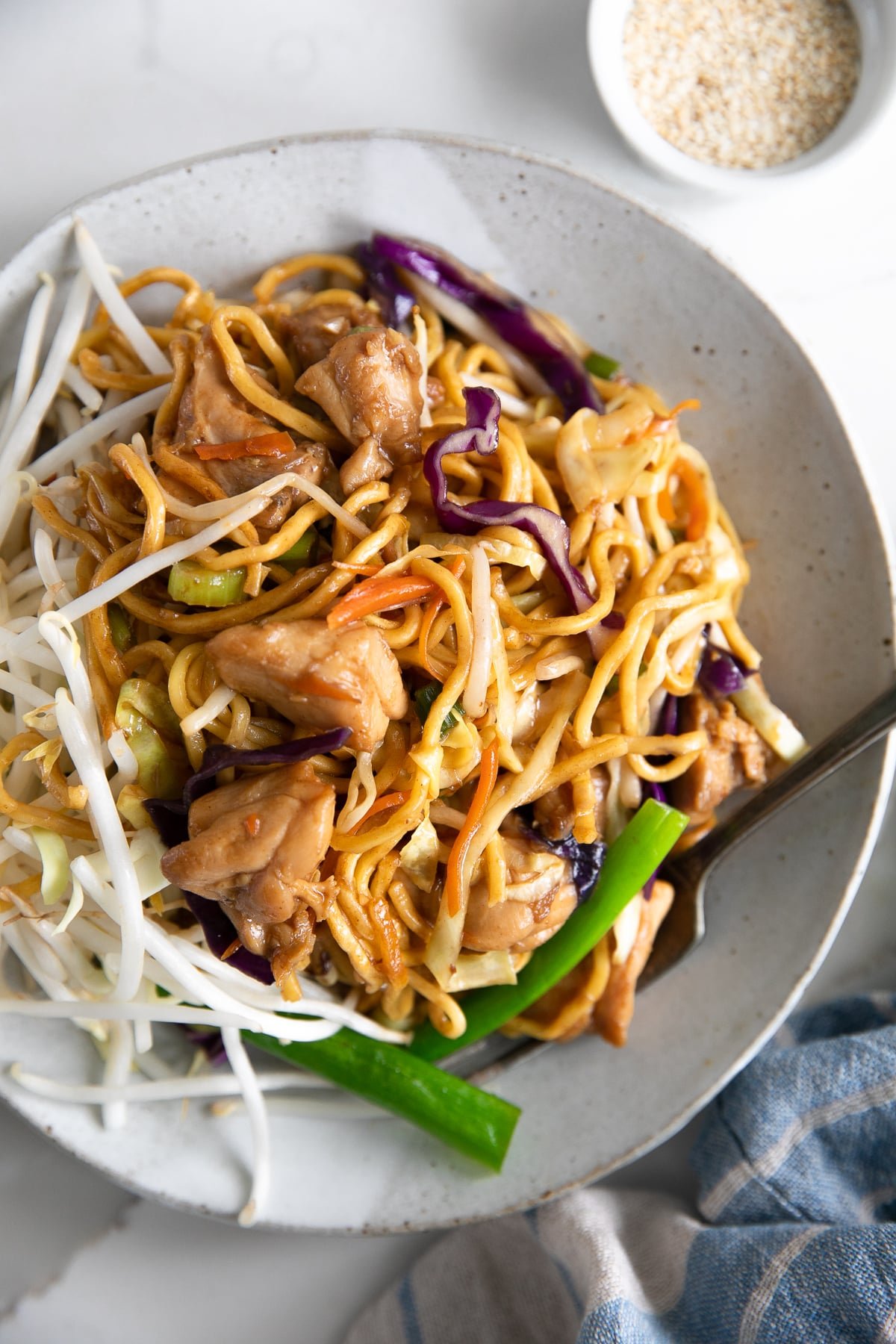
Chow mein is basically the gateway for all Asian-inspired at-home cooking.
Not too salty, not too sweet, and never too spicy (or spicy at all), chow mein is a happy balance of salty, sweet, comforting, and crunchy. Kids love it, adults love it, and the dog is happy to clean up the tossed-around noodles that make their way to the floor.
Fortunately, this chow mein recipe is incredibly EASY to make right at home, and it’s just as delicious – if not even better – than your favorite take-out restaurant.
Table of Contents
What is Chow Mein?
Chow mein is a quick and easy Chinese noodle dish made with vegetables and often some kind of meat or tofu. Translated, chow mein means “stir-fried noodles.” It is made using long, skinny, yellow-colored egg noodles (wheat flour noodles with egg). Sold fresh or dried, chow mein noodles are sold at some regular grocery stores or specialty Asian grocery stores.
Soaked in boiling water until al dente, chow mein noodles are then fried in oil until crispy. How long the noodles are fried and how much oil varies from one region to the next.
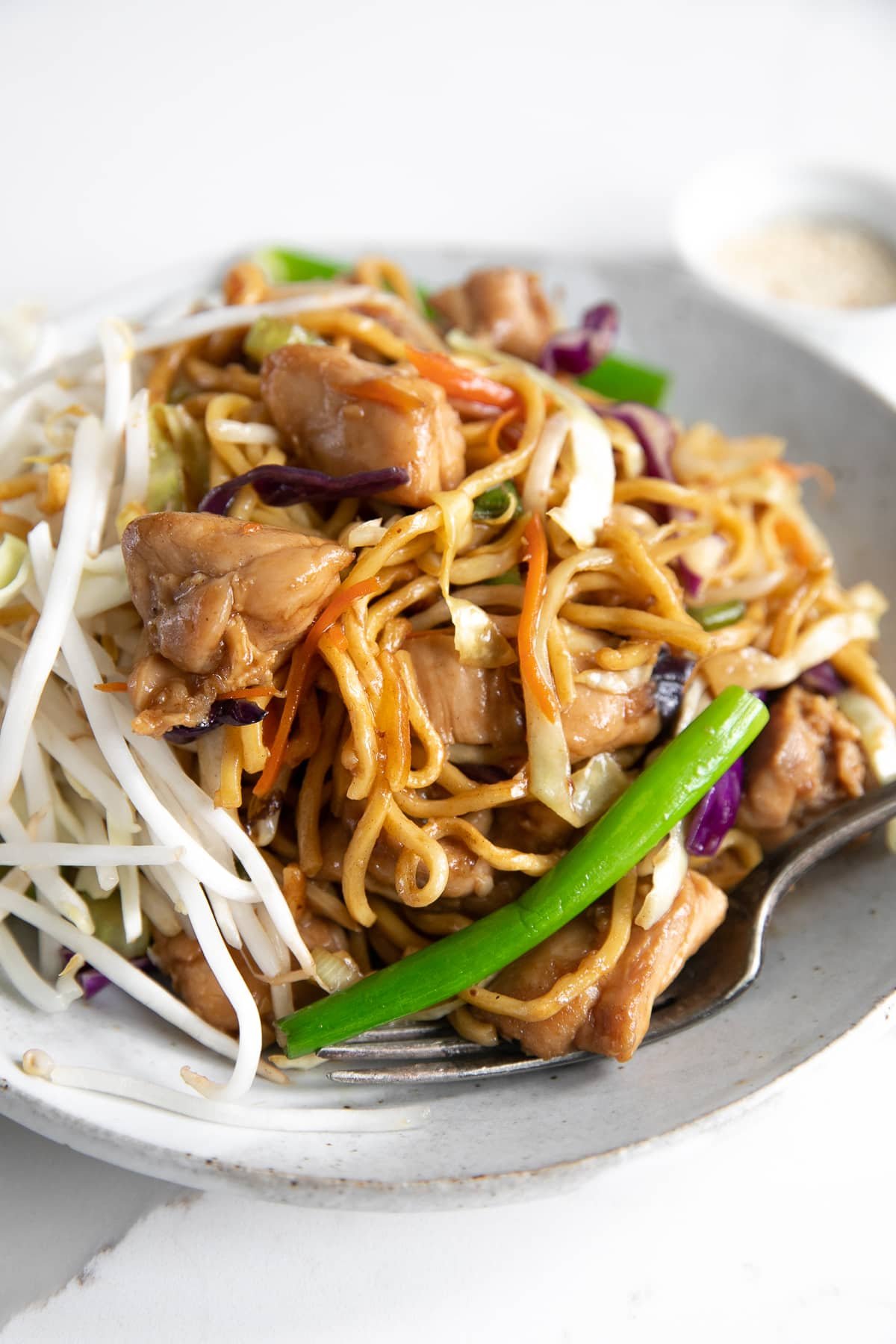
For the full list and amounts of ingredients, scroll down to the recipe card at the bottom of the page.
Chow Mein Ingredients
Most of the ingredients required to make chow mein are readily available at any regular grocery store, but there are a few that may be a little harder to track down. You can try purchasing these items online or support one of your local Chinese markets. Last resort? Substitute.
- Protein (if adding) – Chicken breasts, chicken thighs, thinly sliced pork or beef, shrimp, or tofu. For this recipe, I added chicken thighs.
- Aromatics – Fresh garlic, ginger, and green onions.
- Vegetables – The sky is the limit regarding vegetables and stir-fried noodles. Some of the most popular options include green cabbage, purple cabbage, carrots, green onion, water chestnuts, celery, and bean sprouts.
- Noodles – You really want to use fresh egg noodles if you can find them. If you can’t find any fresh noodles, substitute them with dried chow mein noodles (adjusting cooking time as needed). As a last resort, spaghetti noodles will also get the job done (though turning the recipe into more of a lo mein vs. a chow mein). If using spaghetti noodles, I do not recommend frying them in oil.
- Chow mein sauce – While having a thick and sweet sauce isn’t as important for chow main (when compared to lo mein), some sauce is still recommended to tie it all together. Ingredients in chow mein sauce include cornstarch (for thickening), light soy sauce, dark soy sauce, oyster sauce, Chinese cooking wine (also known as Shaoxing wine), and granulated sugar.
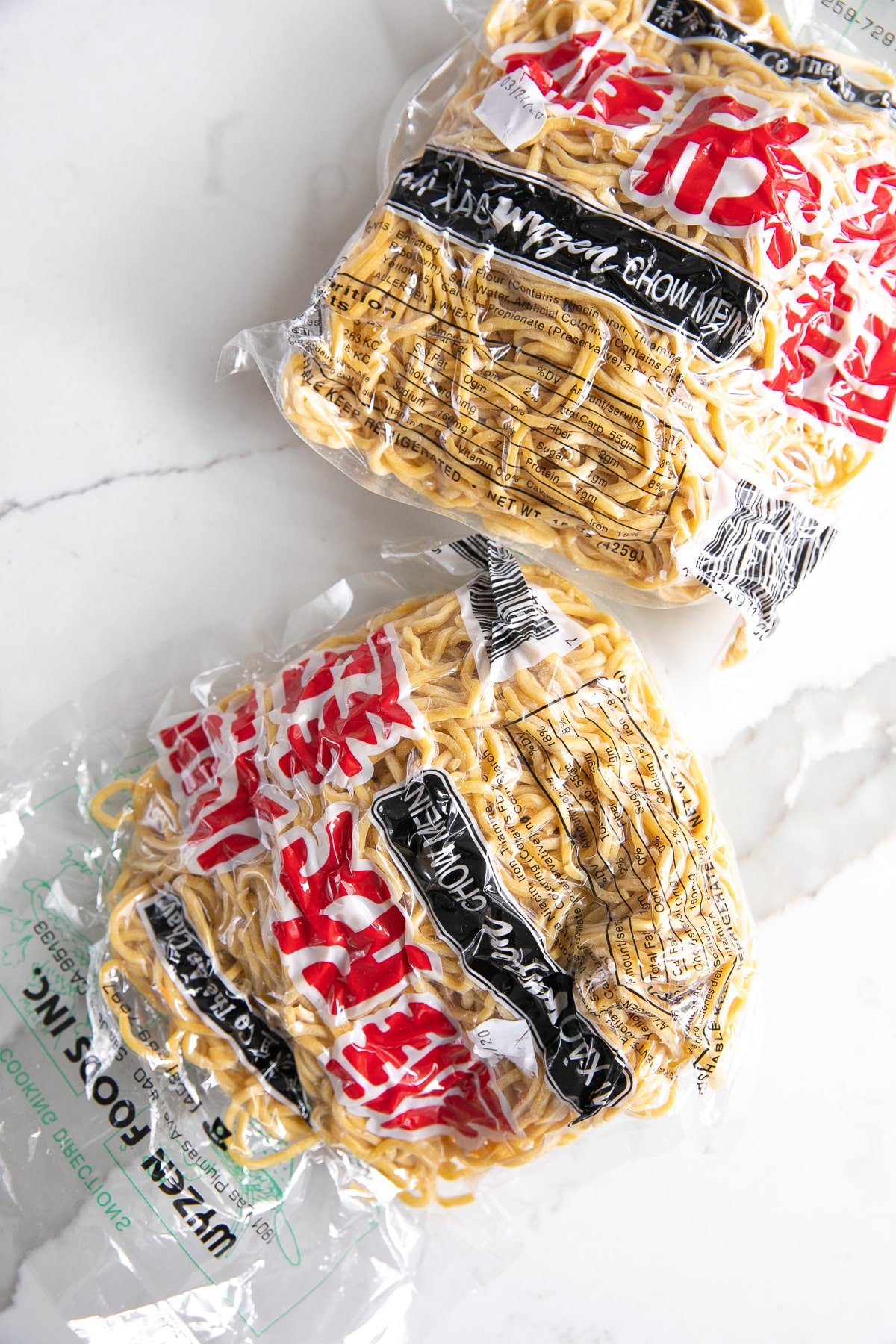
Chow Mein Ingredient Substitutions
- Chinese Cooking Wine (Shaoxing wine) – If you can’t find any Shaoxing wine, the best possible substitute is dry sherry. Second best? Mirin Japanese Cooking Wine. The problem with mirin, however, is that it is much sweeter. If you do substitute with mirin, be sure to omit the added sugar from your sauce.
- Oyster Sauce – Oyster sauce is one of those things you really don’t want to mess with. I mean, yes, you can, but only if you have to. So, if you’re unsure about whether to purchase that bottle of oyster sauce, do it. You’ll use it in recipes like moo goo gai pan, pad see ew, or this easy cashew chicken. Still not convinced? Try using a 1:1 ratio of Hoisin Sauce with soy sauce (and maybe a dash of fish sauce if you’ve got it). I should note that I strongly disagree that soy sauce can be used to replace oyster sauce.
- Dark soy sauce – Aside from being somewhat sweeter and thicker, dark soy sauce is largely used for color. If you don’t mind your noodles being lighter in color, substitute with additional soy sauce plus a teaspoon or two of molasses (which will also sweeten and color).
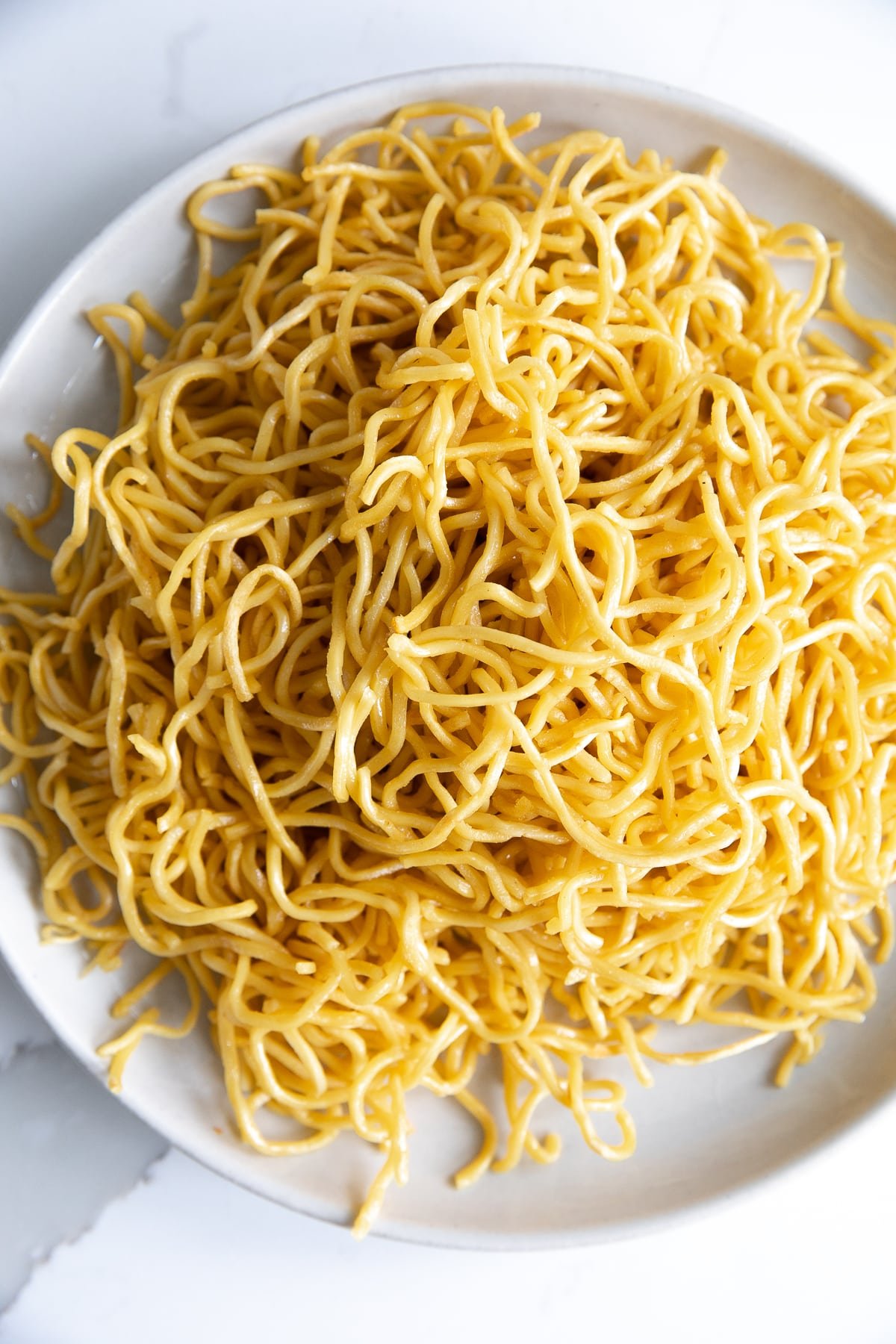
Regular soy sauce vs. Dark soy sauce
Chinese light soy sauce (生抽) – Yep, the kind you find at your fav Chinese place or the stuff you dunk your sushi rolls into. This is what I call “default soy sauce” since it’s usually just written as “soy sauce” for recipes. It’s salty and quite thin. Not to be confused with reduced-sodium soy sauce, which is typically labeled “light” or “lite,” this is not the same as “Chinese light soy sauce.”
Dark soy sauce (老抽) – Ok, you guys. It took me a long time to actually buy and start cooking with this stuff. I couldn’t possibly understand what made it so special or different from regular soy sauce. Do yourself a favor (especially if you love cooking Asian recipes at home) and order a bottle from Amazon or buy a bottle from your local Asian supermarket, like, right now. Dark soy sauce is aged longer and is often mixed with molasses or caramel and a bit of cornstarch. As a result, dark soy sauce is thicker, sweeter, and less salty than light soy sauce.
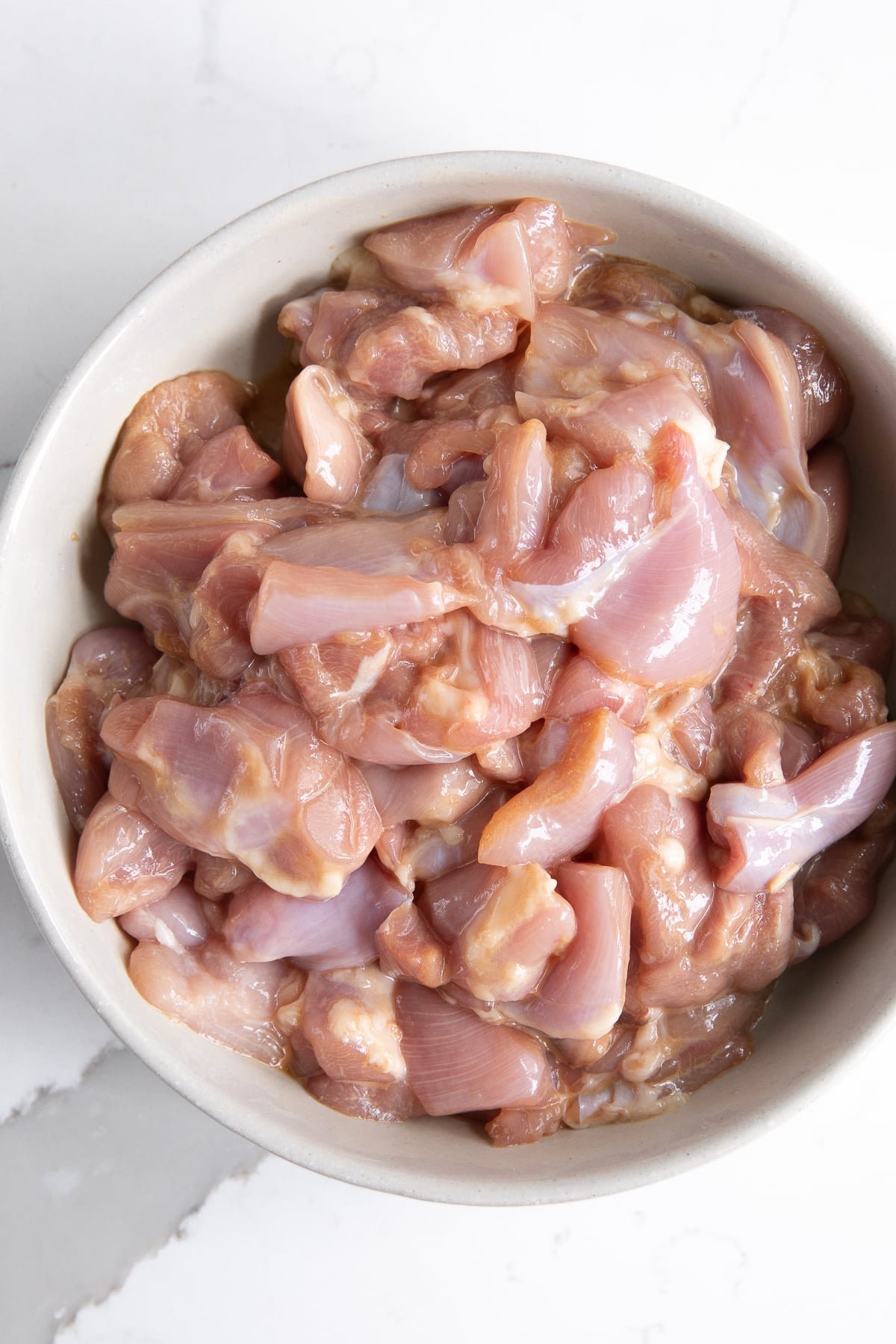
How to Make Chicken Chow Mein
1. Marinate the chicken – Chop your chicken into small pieces approximately equal in size and whisk together the cornstarch, soy sauce, and Chinese cooking wine in a medium mixing bowl. Combine the chicken with the marinade and set aside as you prepare the remaining ingredients.
2. Prepare the sauce – Combine the corn starch, soy sauce, dark soy sauce, oyster sauce, Chinese cooking wine, and sugar. Whisk well to combine and set aside.
- Tip – I recommend doubling the sauce recipe if you love extra saucy noodles.
3. Prepare the noodles – Cook the chow mein noodles according to package instructions. For me, this meant boiling my noodles in water for 2-3 minutes maximum. Do not overcook the noodles; you want them to remain slightly undercooked and chewy. Drain well.
4. Fry the noodles – Heat a large wok or skillet over medium-high heat. Once hot, add enough oil to coat the entire surface of your pan, and then add the noodles. Stir fry for 4-5 minutes or until golden and starting to turn crispy. Remove from the skillet and set aside.
- Tip – This step is optional for all noodle types but should be skipped if you are not using egg noodles.
5. Cook the chicken – Add an additional tablespoon of oil to the same pan and set it over high heat. Once hot, add the chicken and cook for 5-6 minutes, mixing frequently to ensure even cooking. Once the chicken is fully cooked, remove to a clean plate and set aside.
- Tip – The smaller you chop your chicken, the faster it will cook.
6. Saute the aromatics and vegetables – Once again, return your pan, wok, or skillet to high heat. Add an additional tablespoon of oil and add the minced garlic; immediately add the shredded cabbage, celery, carrots, and green onion. Mix thoroughly and cook, stirring continuously for 1-2 minutes.
7. Add the sauce – Finally, add the sauce, return the noodles, and add the chicken back to the pan. Stir fry, mixing and tossing continuously for 1-2 minutes. Mix in the bean sprouts. Mix thoroughly and cook for an additional 30-60 seconds.
8. Serve immediately and store any leftovers in the refrigerator for up to 4 days.
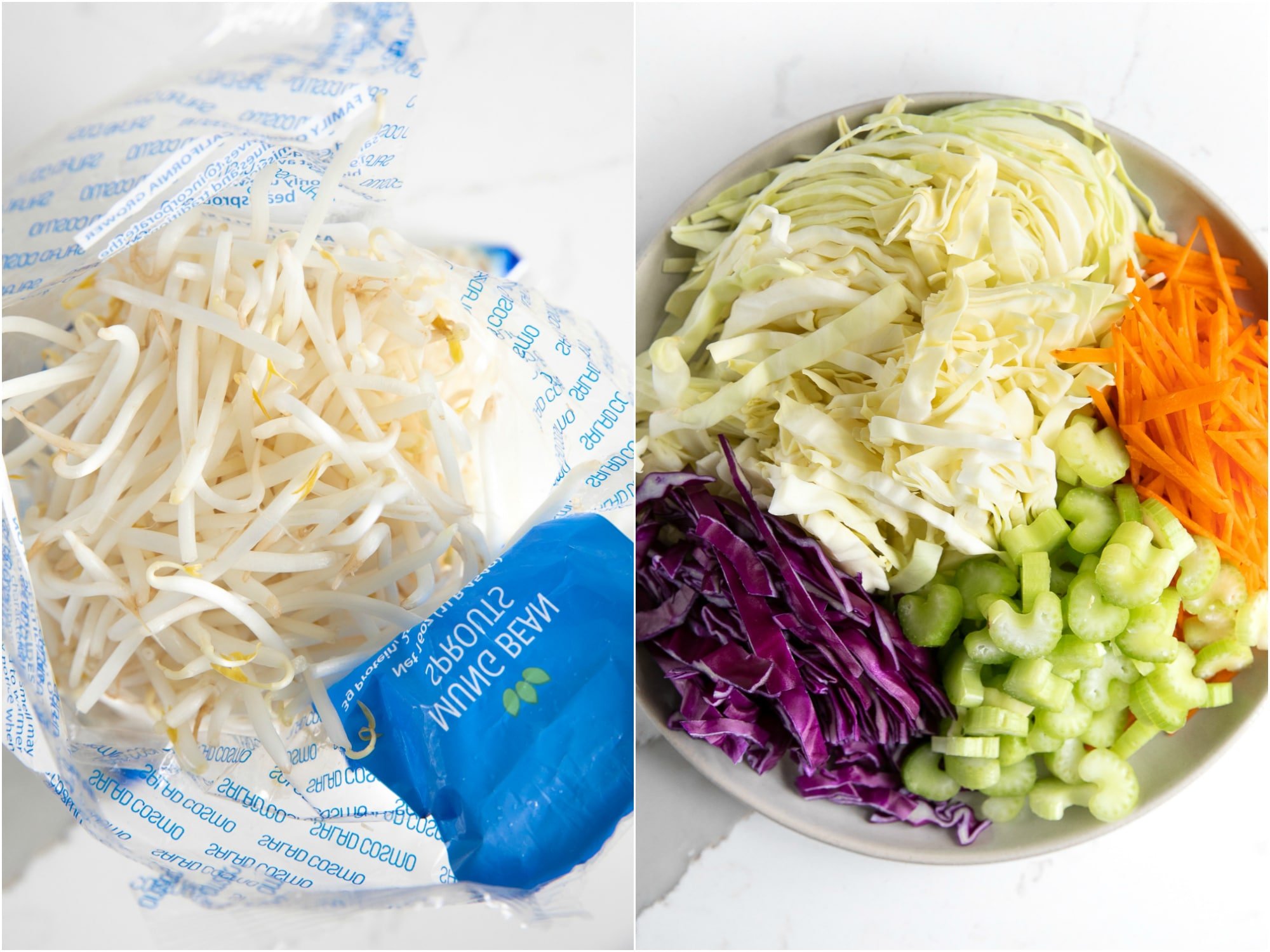
Helpful Tips and Tricks
- Thinly slice the veggies and chop the chicken into small, bite-size pieces. Chow mein is meant to cook quickly. Having everything chopped nice and small is helpful in expediting the process.
- Make sure everything is prepared before you start cooking. Again, we’re working fast here, you won’t have time to shred your cabbage if you’ve already added the garlic to your skillet.
- Cook the meat (chicken, beef, shrimp) before stir-frying the vegetables, then remove them.
- This recipe works great in a large skillet or a great big wok. Even a cast-iron skillet works if that’s all you have available.
What’s the Difference Between Chow Mein and Lo Mein?
Chow Mein and Lo Mein are both popular Chinese noodle dishes, but they have some differences, primarily in the way they are prepared and served:
- Noodles: Both dishes typically use egg noodles, but the type can vary. Chow mein usually uses thin and crispy noodles, while lo mein uses thick and soft noodles.
- Cooking method: Chow mein, as mentioned earlier, means “stir-fried noodles.” The noodles are cooked to a crisp and then stir-fried with various vegetables and protein. On the other hand, Lo mein, which means “tossed noodles,” involves tossing boiled noodles in sauce, along with the vegetables and protein. This results in a softer, more saucy dish.
- Texture and Taste: Due to the different cooking methods, chow mein tends to be crispier and has a more robust, fried flavor. Lo mein, on the other hand, is softer and absorbs more of the flavors from the sauce.
Note: In American Chinese cuisine, it is not uncommon for the terms “chow mein” and “lo mein” to be used interchangeably or differently depending on the region.
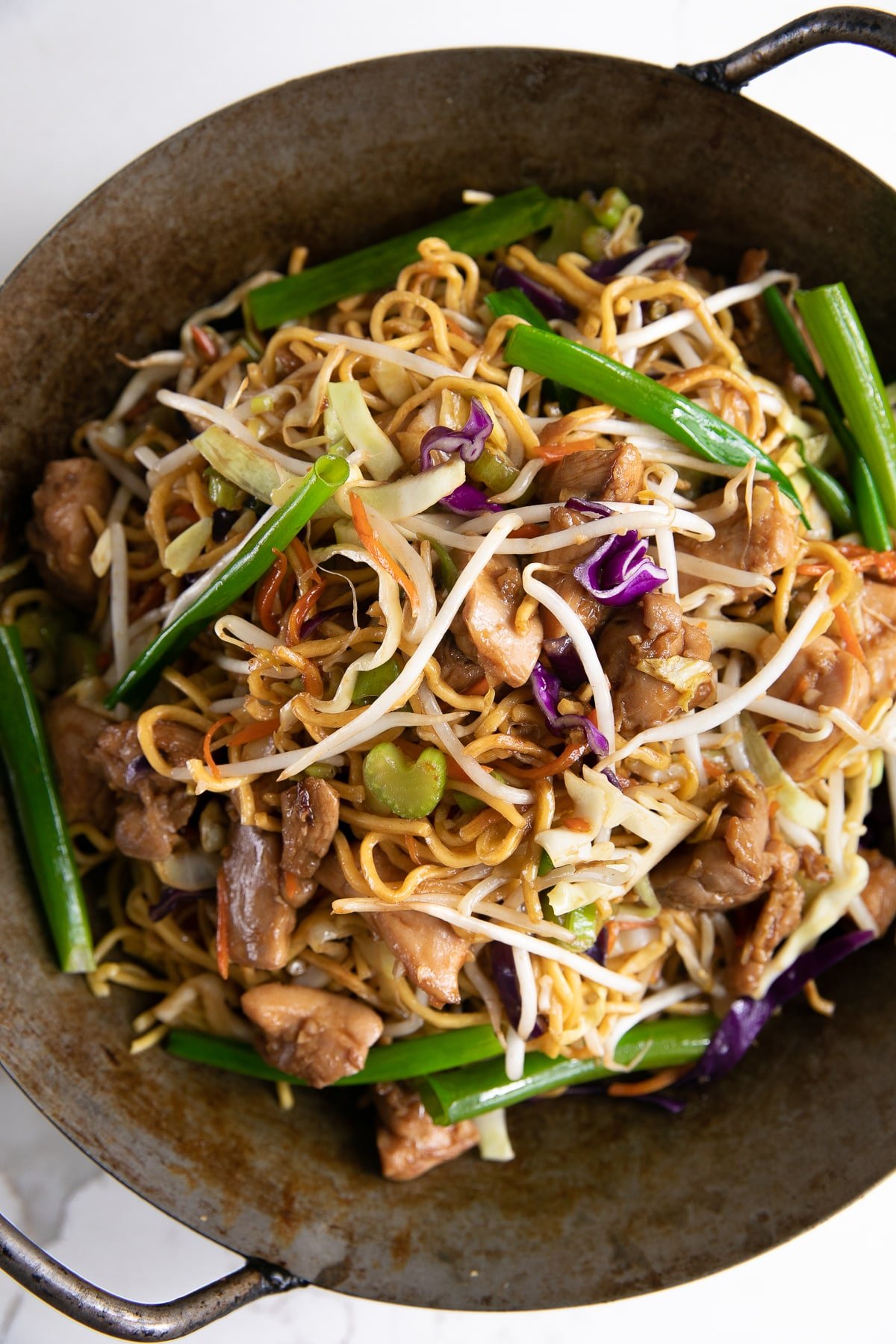
More Amazing Asian Recipes,
- Kung Pao Chicken Recipe
- Baked Teriyaki Chicken Recipe
- Bok Choy Recipe
- Chinese Broccoli Recipe with Garlic (Stir-Fried Gai Lan)
- Sweet and Sour Chicken
- Yakisoba Noodles Recipe
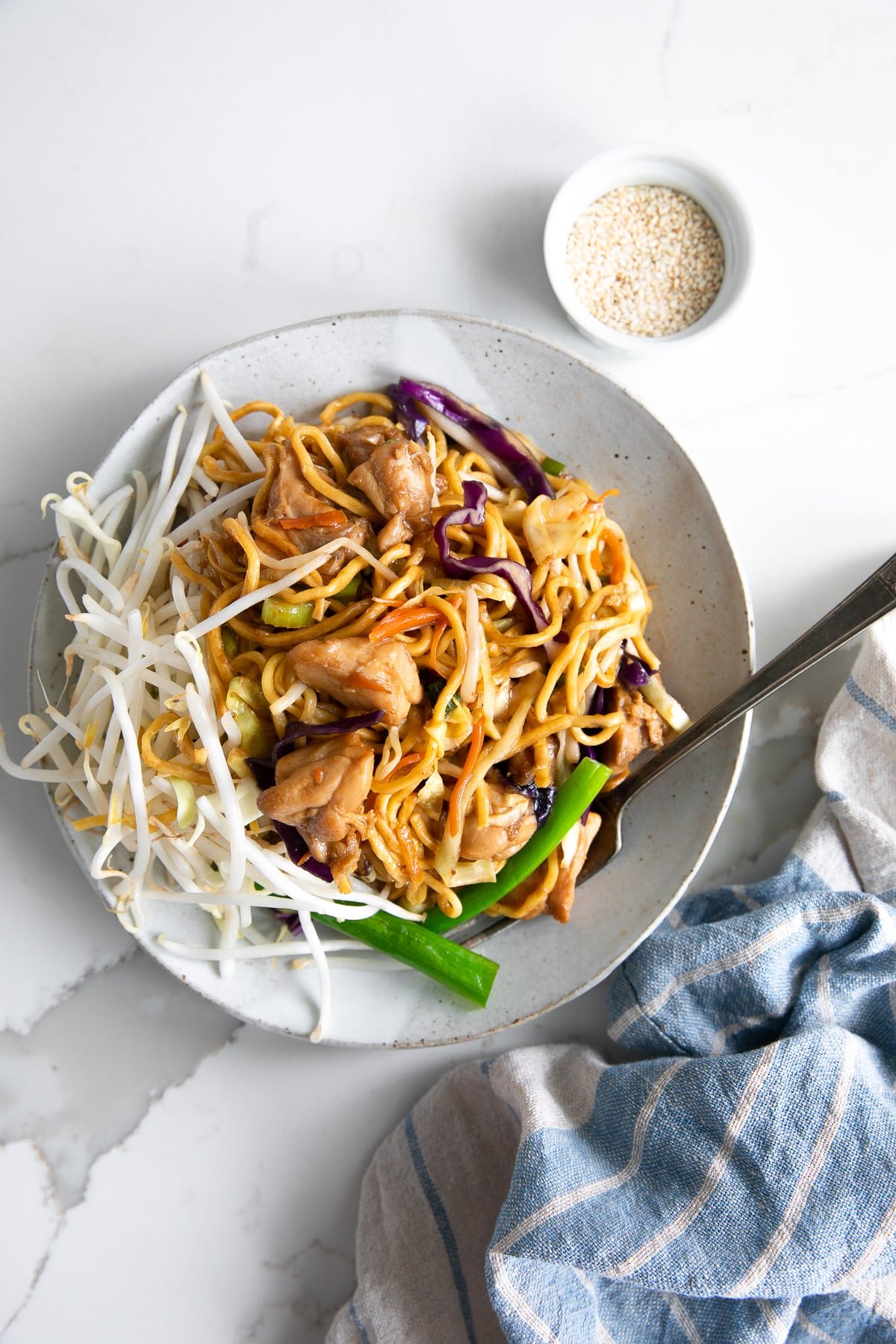
If you try making this Chow Mein Recipe, please leave me a comment and let me know! I always love to hear your thoughts.

Chicken Chow Mein Recipe (How to Make Chow Mein)
Ingredients
Chicken
- 4 boneless skinless chicken thighs, or breasts
- 2 teaspoon cornstarch
- 2 teaspoon soy sauce
- 2 teaspoon Chinese cooking wine
Sauce
- 4 teaspoon cornstarch
- 2 tablespoon soy sauce
- 1 tablespoon dark soy sauce
- 3 tablespoon oyster sauce
- 3 tablespoon Chinese cooking wine
- 2 teaspoon granulated sugar
Noodles
- 1 pound Fresh chow mein noodles
- 5 tablespoon canola oil
- 4 cloves garlic, minced
- 3 cups green cabbage, shredded
- 1 cup purple cabbage, shredded
- 1 rib celery, chopped
- 1 carrot, julienned
- 4 green onions, chopped
- 3 cups bean sprouts
Instructions
- Marinate the chicken – In a medium mixing bowl whisk together the cornstarch, soy sauce, and Chinese cooking wine. Add the chopped chicken to the bowl and thoroughly mix to coat the chicken in the marinade. Set aside.
- Prepare the sauce – As the chicken marinates, combine the corn starch, soy sauce, dark soy sauce, oyster sauce, Chinese cooking wine, and sugar. Stir well to combine and set aside.
- Prepare the noodles – Cook the noodles according to package instructions. For me, this meant boiling my noodles in water for 2-3 minutes max. Do not overcook, you want them to remain slightly undercooked. Drain well.
- Fry the noodles – Heat a large wok or skillet over medium-high heat. Once hot, add the oil, swirl to coat the entire surface of the skillet. Add the noodles. Stir fry for 4-5 minutes, or until golden and starting to turn crispy. Remove from the skillet and set aside.
- Cook the chicken – Add an additional tablespoon of oil to a large wok or heavy-bottomed skillet set over high heat. Once hot, add the chicken and cook for 5-6 minutes, mixing frequently, to ensure even cooking. Once cooked, remove to a clean plate and set aside.
- Saute the aromatics and vegetables – Return the wok or skillet to high heat. Add an additional tablespoon of oil and the minced garlic, immediately add the shredded cabbage, celery, carrots, and green onion. Thoroughly mix to combine and cook, stirring continuously for 1-2 minutes.
- Add the sauce – Add the noodles, sauce, and return the chicken to the pan. Stir fry for 1 minute, tossing continuously. Finally, stir in the bean sprouts. Mix thoroughly and cook for an additional 30-60 seconds.
- Remove from heat and serve immediately.
Notes
- Regular soy sauce. Yep, the kind you find at your fav Chinese place or the stuff you dunk your sushi rolls into. You can go with low-sodium or regular.
- Dark soy sauce. Ok, you guys. It took me a long time to actually buy and start cooking with this stuff. I couldn’t possibly understand what made it so special or different from regular soy sauce. Do yourself a favor (especially if you love cooking Asian inspired recipes at home) and order a bottle from Amazon or buy a bottle from your local Asian supermarket. Dark soy sauce is sweeter than regular soy sauce with a completely different taste.
- Note – these are not chow mein noodles (though they are quite tasty).
- If you can’t find Chinese cooking wine or you choose to cook without alcohol, substitute with chicken or vegetable broth.
Nutrition
Nutrition information is automatically calculated, so should only be used as an approximation.
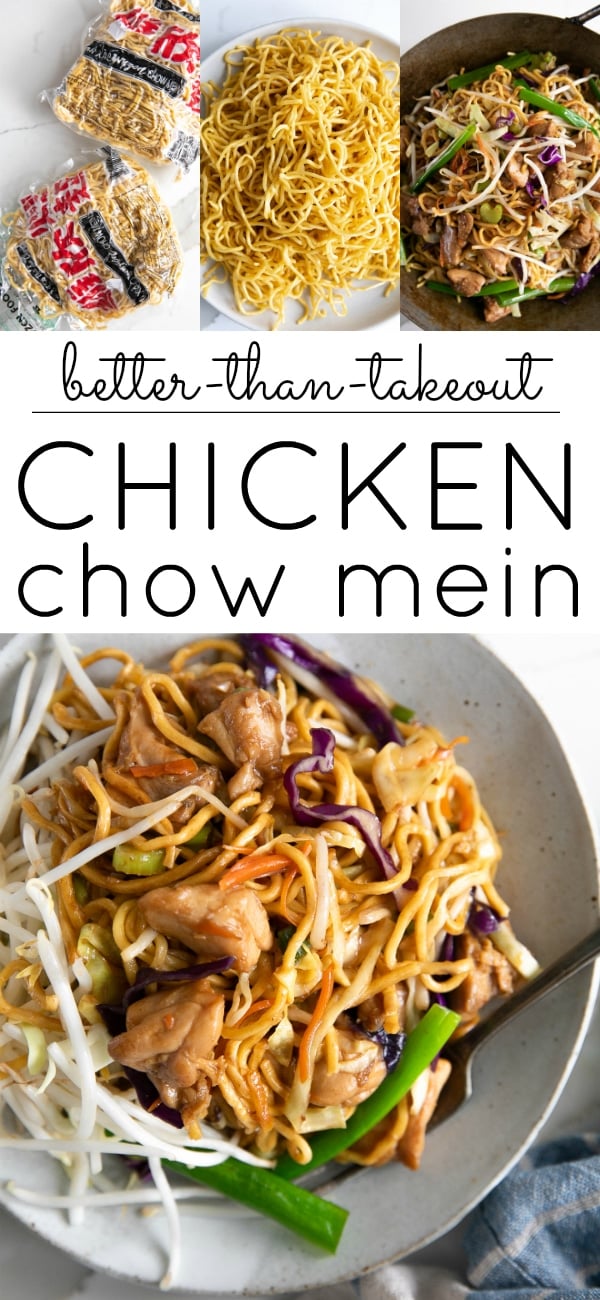
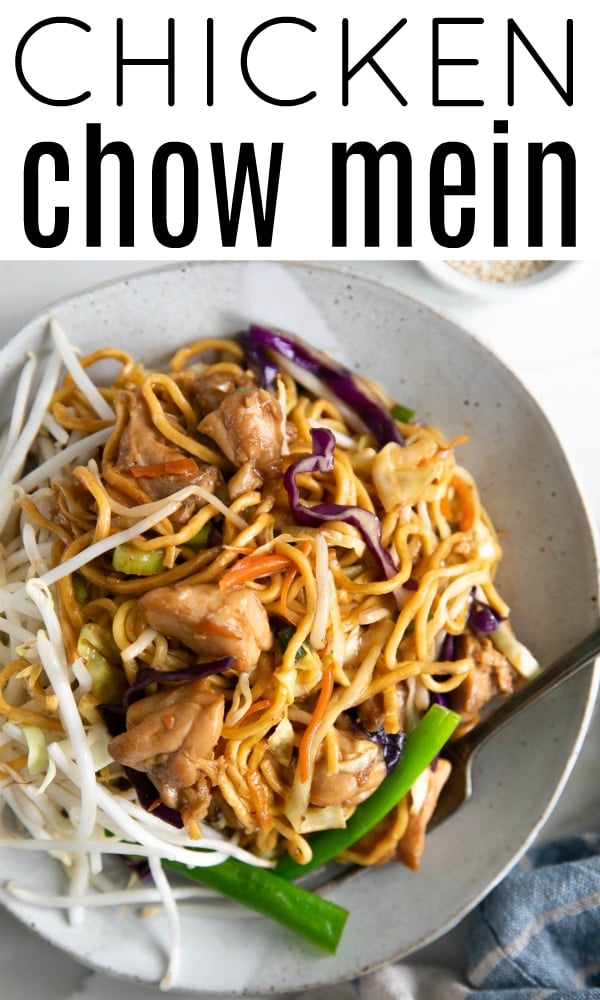

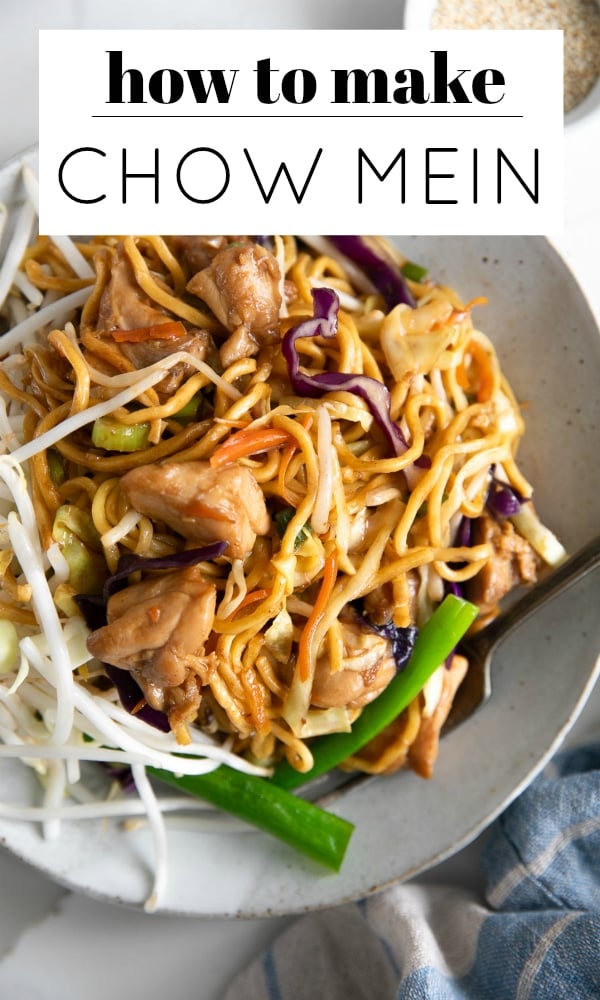

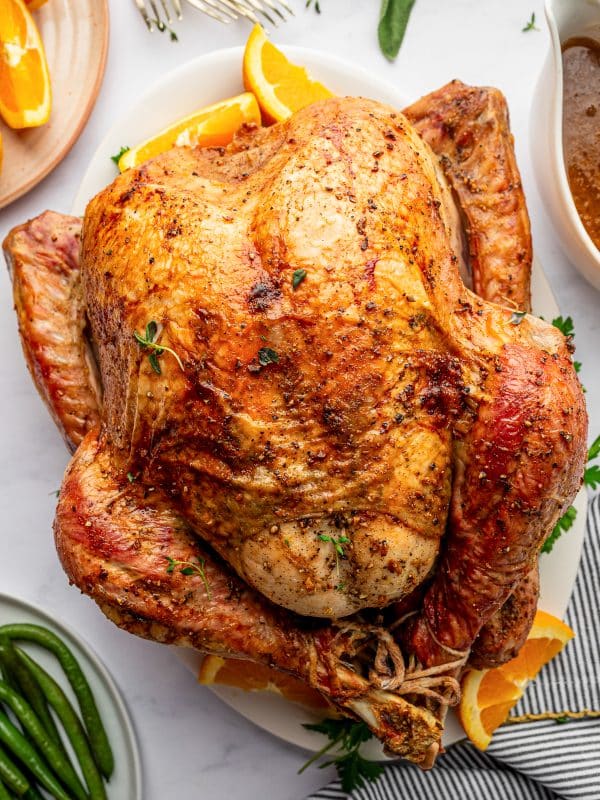
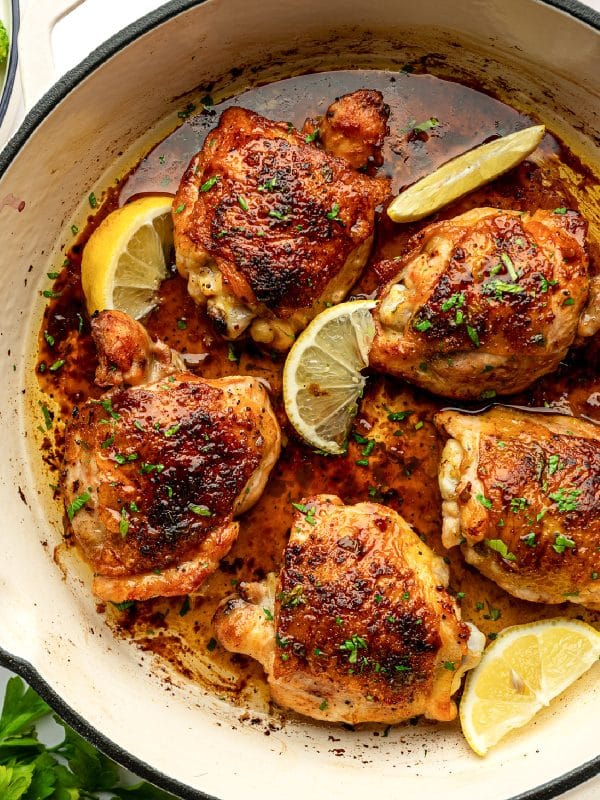
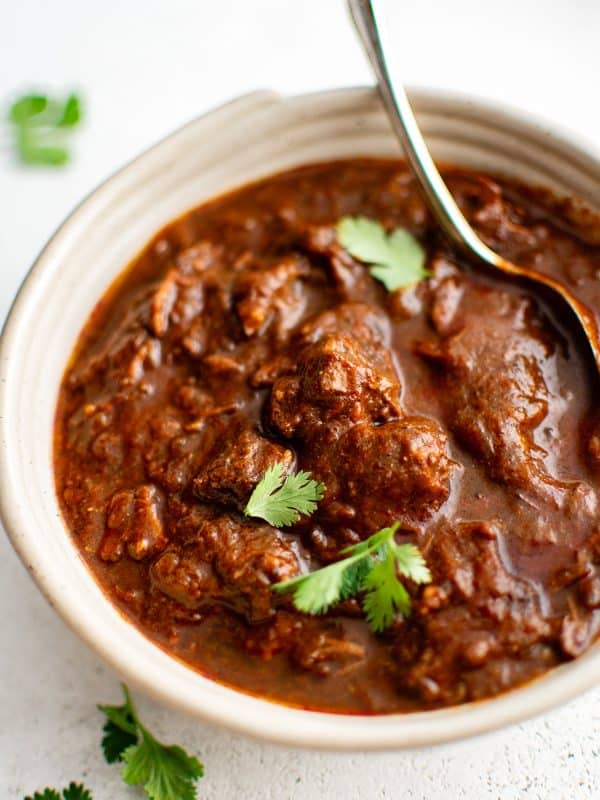









This turned out so much better than my local Chinese restaurants!